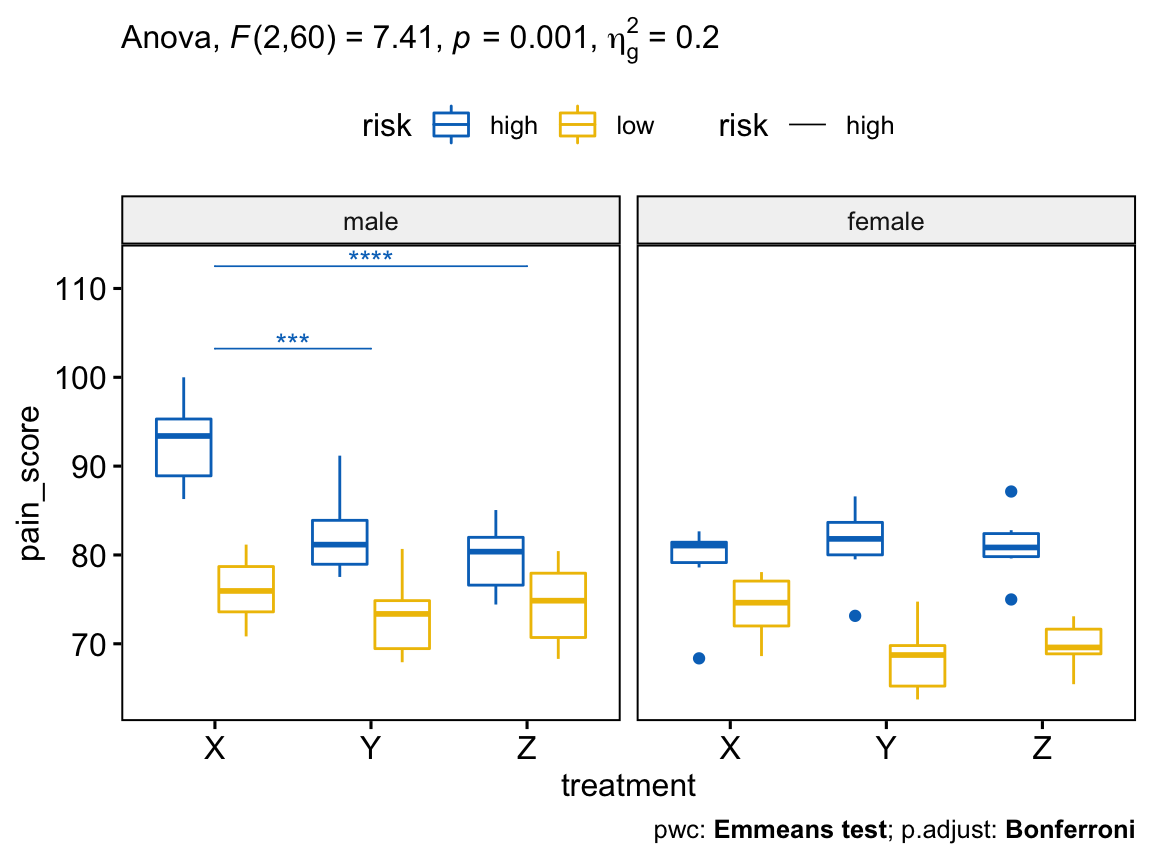
- R STUDIO ANOVA FROM .CSV EXAMPLE SOFTWARE
- R STUDIO ANOVA FROM .CSV EXAMPLE LICENSE
- R STUDIO ANOVA FROM .CSV EXAMPLE SERIES
It’s possible to use the built-in text editor with Windows (NotePad) or MAcOS (TextEdit) to record/store your commands as a script, although I prefer a dedicated text editor, which has additional functionality eg. In this course, we will be using R commands and/or scripts. Getting to know the R interface - objects There is a “sort of” graphical user interface called R Studio ( ) which has a free version, but it isn’t anything like you’d find in Stata for example, and we won’t be using it in this course.ģ.
R STUDIO ANOVA FROM .CSV EXAMPLE SOFTWARE
R is not alone in the use of scripts rather than menus and buttons – other software also use scripts, recognizing the advantages they afford. In contrast, the script serves as a permanent record of what was performed – this is a key element of “Reproducible Research” ( ) which is becoming increasingly important these days, especially in data analysis ( ). Using a menu-driven system requires the user to click buttons and make selections – often this is not documented anywhere other than the user’s memory. These scripts can be easily used again and again, or more importantly, very quickly copied and modified to analyze different data or to include different/new analyses. The script is then ran within R and performs the desired analysis.
R STUDIO ANOVA FROM .CSV EXAMPLE SERIES
In addition, a series of commands can also be pre-written all together in a plain text file called a “script” which you save on your computer just like any other document. This is often a reason for people to think that R isn’t for them! However, with a little bit of time and effort, many people find this an advantage, because once you know the commands, it is much easier and faster to work with than the menu. Instead, the user types commands directly into a window (the “console”) in the R software. menus and buttons) like other software do. One of the disadvantages of R is that it is essentially a computer language, and does not use a “graphical user interface” (ie. To get R, visit the R Project homepage ( ) and follow the links. Researchers around the world write their own procedures in R, and there are many sites on the internet with tutorials or discussion boards where you can seek help. R is very powerful: it easily matches or even surpasses SAS or Stata, with over 5000 specialized modules (called “packages”) available.

In addition it is available for a variety of operating systems, including Windows, Apple MacOS as well as several flavours of Linux.
R STUDIO ANOVA FROM .CSV EXAMPLE LICENSE
R is a GNU project, which means that it is “Open Source” and is available as free software under the terms of the Free Software Foundation’s GNU General Public License – which is a key advantage over many other statistical software. Since then the original team has expanded to become known now as “R core group” ( ) the include dozens of individuals from all over the globe.

“R” is a very powerful statistical and graphing package originally developed in 1996 as a free version of S-Plus.


 0 kommentar(er)
0 kommentar(er)
